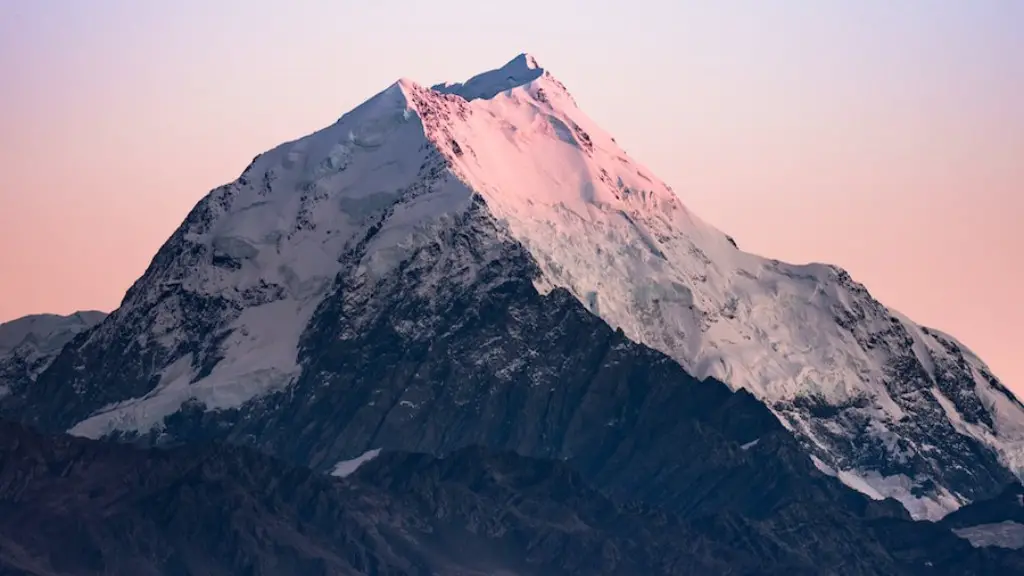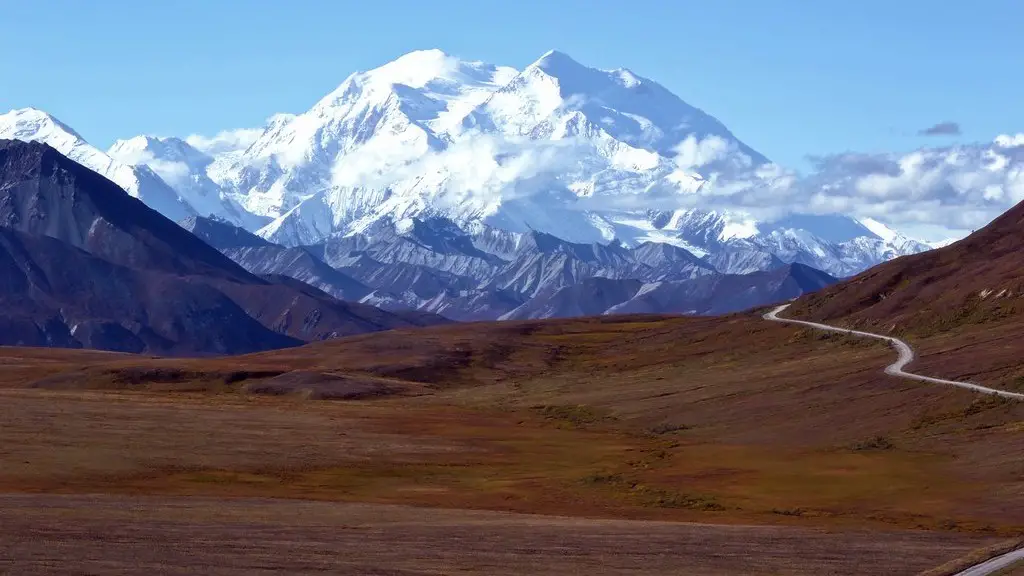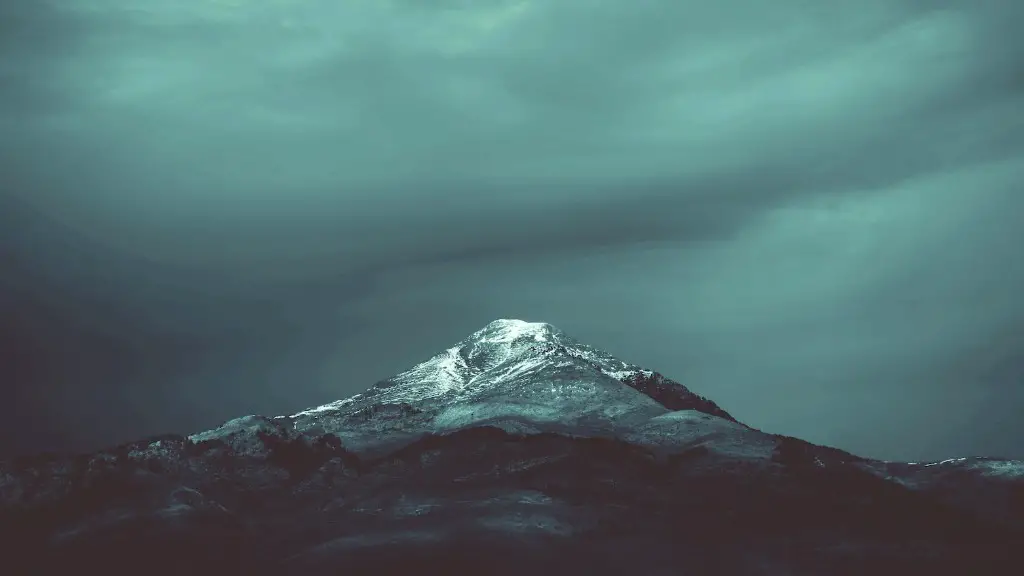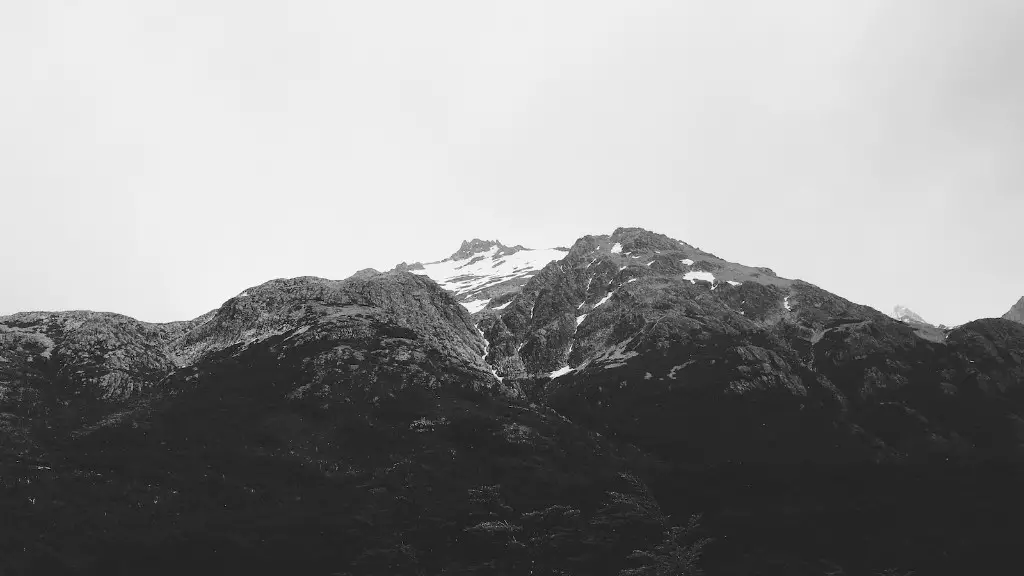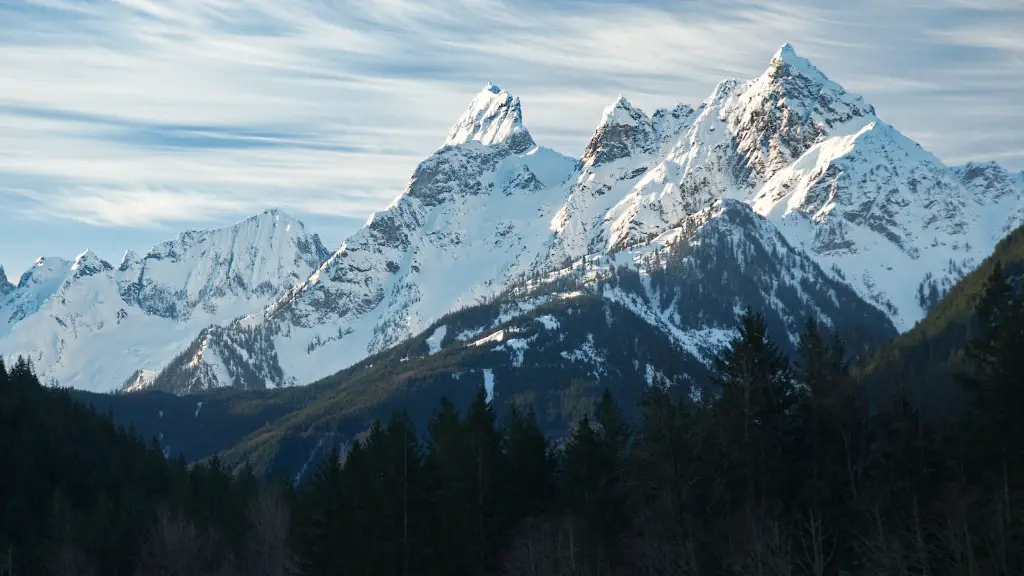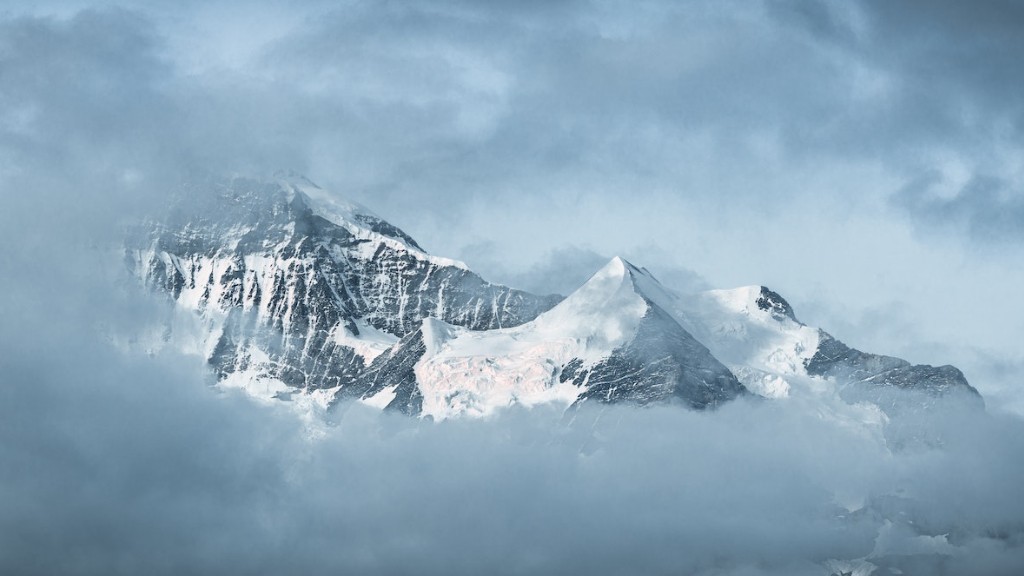Climbing Mount Everest is not something that you can do on a whim – it takes a lot of planning, physical training, and most importantly, money. The average cost of a successful Mount Everest expedition is between $30,000 and $100,000, and that’s not counting the cost of equipment and other necessary supplies. Of course, there are ways to cut costs – you can use used equipment, for example – but the truth is that Mount Everest is an expensive undertaking, and it’s important to be prepared for that before you begin your journey.
There is no one answer to this question as it can vary greatly depending on many factors, such as the route you take, the time of year, and the company you use. Generally speaking, however, it can cost anywhere from $30,000 to $100,000 to climb Mount Everest.
Why is it expensive to climb Everest?
One of the biggest costs associated with climbing Mount Everest is support. Everest isn’t your everyday hike, and it takes grueling training and preparation to even attempt to summit the mountain, let alone attempt it without support. Support crews can help with everything from carrying gear to providing oxygen and medical assistance, and their services come at a premium. If you’re planning on climbing Everest, be prepared to spend a significant amount of money on support.
The average price to climb Everest in 2022 was $54,972, with a median price of $46,995. In 2021, the average price was $54,044, with a median price of $46,498. By comparison, the average price increase between 2021 and 2022 was $928, or 1.7%. The median price increase between 2021 and 2022 was $497, or 1.1%.
Can a normal person climb Mount Everest
To successfully summit Everest, you need to be in excellent physical condition and have previous experience climbing at high altitudes. Most people spend at least a year training to climb the mountain. You should also be comfortable on AD-rated climbs.
Everest Base Camp is a long and difficult trek, but it is an amazing experience. The views from the base camp and the summit are incredible, and the sense of accomplishment from reaching the top is indescribable. It is definitely worth the effort, and I would recommend it to anyone who is looking for an adventure.
How cold is it at the top of Everest?
The weather and climate on Mount Everest is one of extremes. Temperatures at the summit are never above freezing and during January temperatures can drop as low as -60° C (-76° F). Despite the low temperatures, the biggest issue faced by climbers are hurricane force winds and wind chill.
Sherpa is a company that provides support services to mountaineers and climbers. The company pays its employees an average of $77,410 a year, or $3722 an hour. The lowest earners at the company make $42,000 a year, while the top 10 percent of earners make over $139,000 a year. Salaries at Sherpa vary by department, so employees in different departments may be paid different amounts.
Can you climb Everest without paying?
Hey there!
I wanted to let you know about an amazing opportunity to go on a once-in-a-lifetime trekking adventure…FOR FREE!
All you need to do is find ten people to join you on the trip and they all pay for their trek. If you can do that, your place is FREE!
This is an incredible opportunity to explore some of the most beautiful scenery in the world and bond with fellow adventure-seekers.
So round up your friends, family or co-workers and get ready for an unforgettable experience!
You need experience, experience, experience: having attempted the Seven Summits isn’t sufficient training for this kind of mountaineering. But beyond high-altitude climbing experience, you also need good footwork, good self-management and understanding of when you might need to turn back.
How much do you tip a Sherpa for Everest
As a general rule of thumb, the average tips given to your team (guides and porters) are 10% of the cost of your trek. For example, if you paid $2,000 for your trekking experience, $200 would be a kind and respectful amount to pay to your team.
There is only one way to climb the world’s tallest mountain, and that is from the Everest South side in Nepal. Chinese authorities place an age limit of 18-60 on climbers in Tibet, while in Nepal, climbers must be a minimum of 16 years old but there is no upper age limit. This makes Nepal the only viable option for anyone looking to climb the world’s tallest mountain.
What is the scariest part of climbing Everest?
The Khumbu Icefall is the most dangerous part of an Everest expedition, even with the extensive systems of ropes and ladders installed each climbing season by the ice doctors. Every year, climbers are killed or injured in the Icefall, and it is always a major concern for those attempting to summit Everest.
Nims Purja is an incredible mountaineer who has achieved two world records. In just eight days, he summited Everest, Lhotse and Kanchenjunga – without supplementary oxygen. This is an amazing feat and showcases Purja’s immense skills and capabilities. He is a true inspiration to others in the mountaineering community and has pushed the boundaries of his sport further than many thought possible.
What is death zone in Mount Everest
The summits of the world’s 14 tallest mountains are all found in what is ominously known as the “death zone,” which is typically identified as 8,000 metres (26,000 feet) above sea level. At these altitudes, the oxygen levels are insufficient to sustain human life for an extended period. Consequently, anyone who ventures into the death zone is putting their life at risk. Although some climbers have been able to summit the world’s tallest mountains, many have died in the attempt. The risks are simply too great for most people to justify the reward.
Jordan Romero, who was only 13 years old when he reached the summit of Mount Everest, is an American mountain climber who made history on June 10, 2010. He was accompanied by his father Paul Ramero and his step-mother Karen Lundgren, and three sherpas, Ang Pasang Sherpa, Lama Dawa Sherpa, and Lama Karma Sherpa. They made the climb from the Nepalese side of the mountain. This was an incredible feat, and Jordan is now the youngest person ever to summit Mount Everest.
What is the oldest body on Mount Everest?
George Mallory’s body was found in 1999, 75 years after his 1924 death. The discovery was made after an unusually warm spring, which melted the snow and ice that had covered his body. Mallory was attempting to be the first person to climb Everest, but he disappeared before anyone could confirm if he had succeeded. Even though his body was found many years after his death, it is still possible that Mallory was the first person to climb Everest.
Everest is one of the most popular mountains to climb, but it is also one of the most dangerous. The top three causes of death on Everest are avalanches, falls and collapses, and mountain sickness with brain or lung edema. Avalanches are the most common cause of death, especially in recent years due to the tragedies in 2014 and 2015. Falls and collapses often occur during descents when the body is exhausted and concentration is reduced. Mountain sickness with brain or lung edema is also a common cause of death, especially at high altitudes.
Is K2 colder than Everest
Everest’s and K2’s temperatures were compared and it was found that Everest experiences more extreme conditions than K2, specifically in the climbing and midwinter seasons. This is likely due to K2’s higher latitude, which makes its midwinter BP similar to Everest’s and its Temp lower.
On the peak of Everest, it can take minutes just to catch your breath. That’s because, at an elevation of 8,848 meters (29,029 feet), each breath contains one-third of the oxygen found at sea level. The air is so thin at this altitude that your body has to work much harder to get the oxygen it needs.
Conclusion
It costs about $65,000 to $70,000 to climb Mount Everest.
The cost of climbing Mount Everest can vary depending on a variety of factors, but it typically costs upwards of $30,000. This includes the cost of permits, guides, equipment, transportation, and more. For some, the cost is worth it for the once-in-a-lifetime experience. For others, the risk is simply not worth the price.
